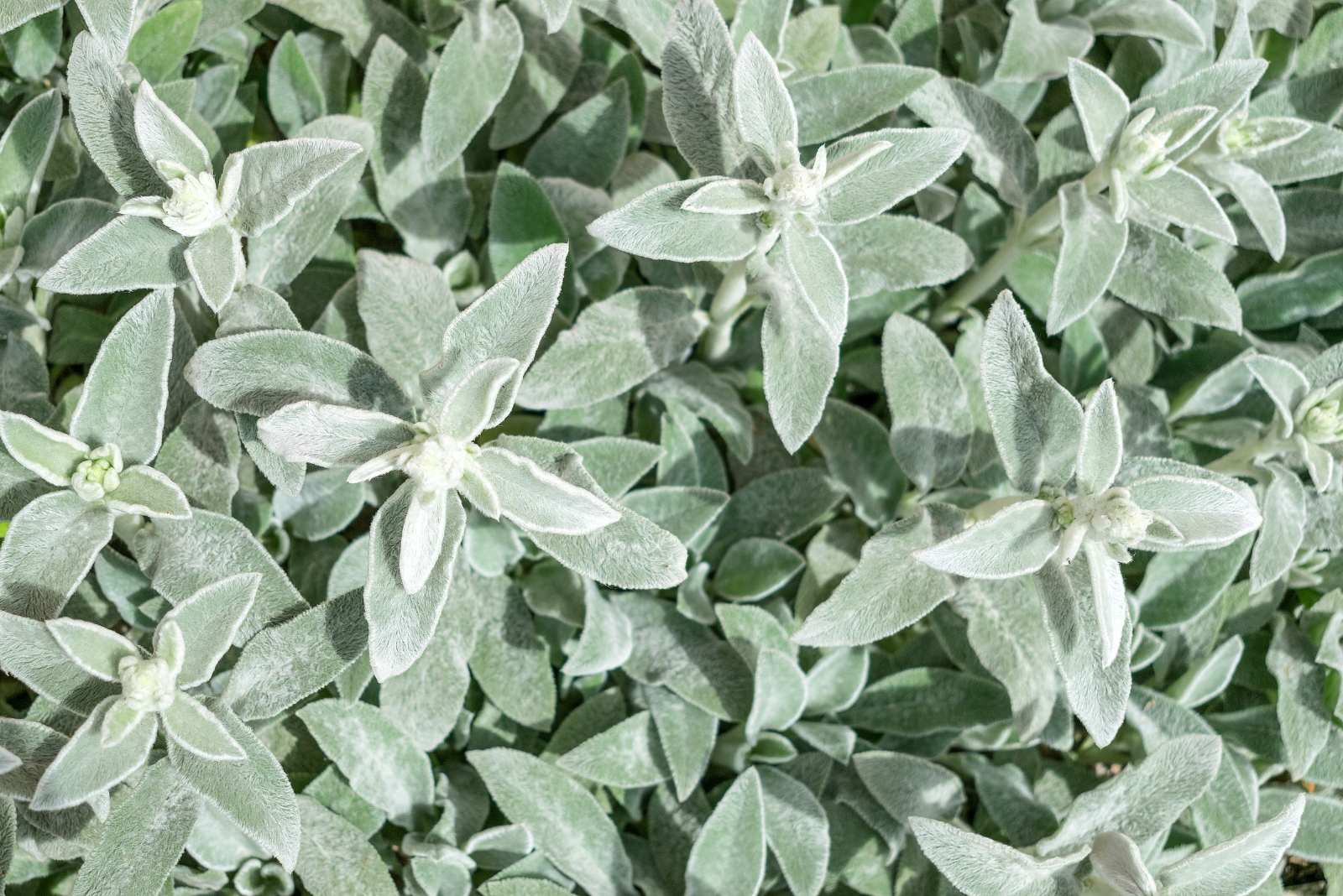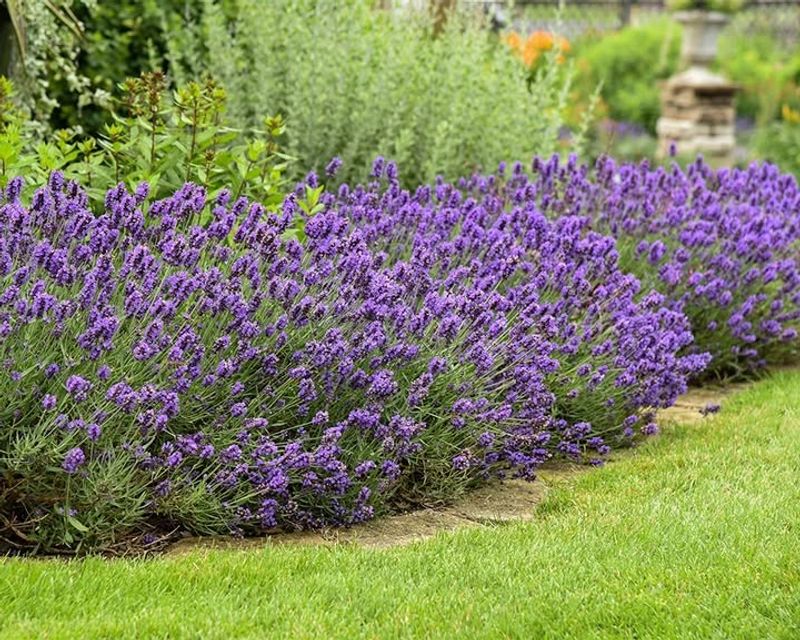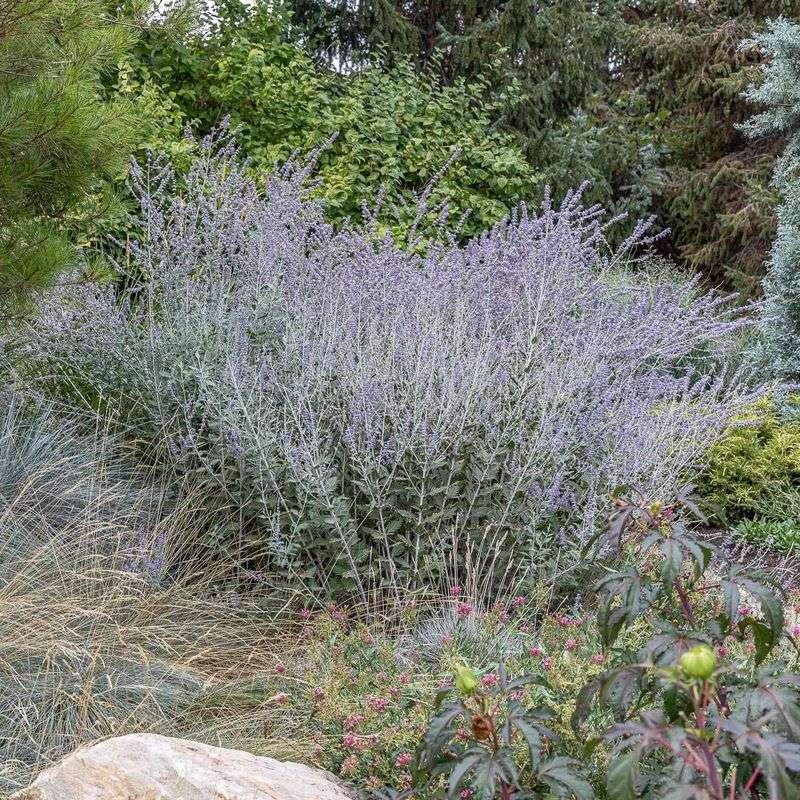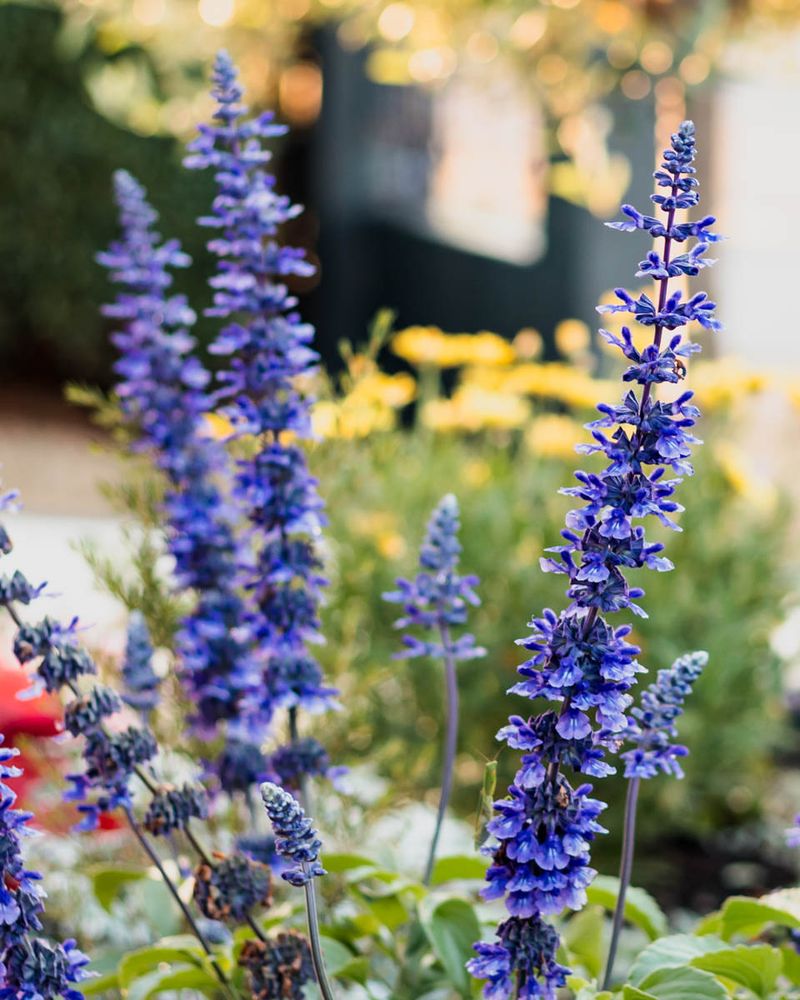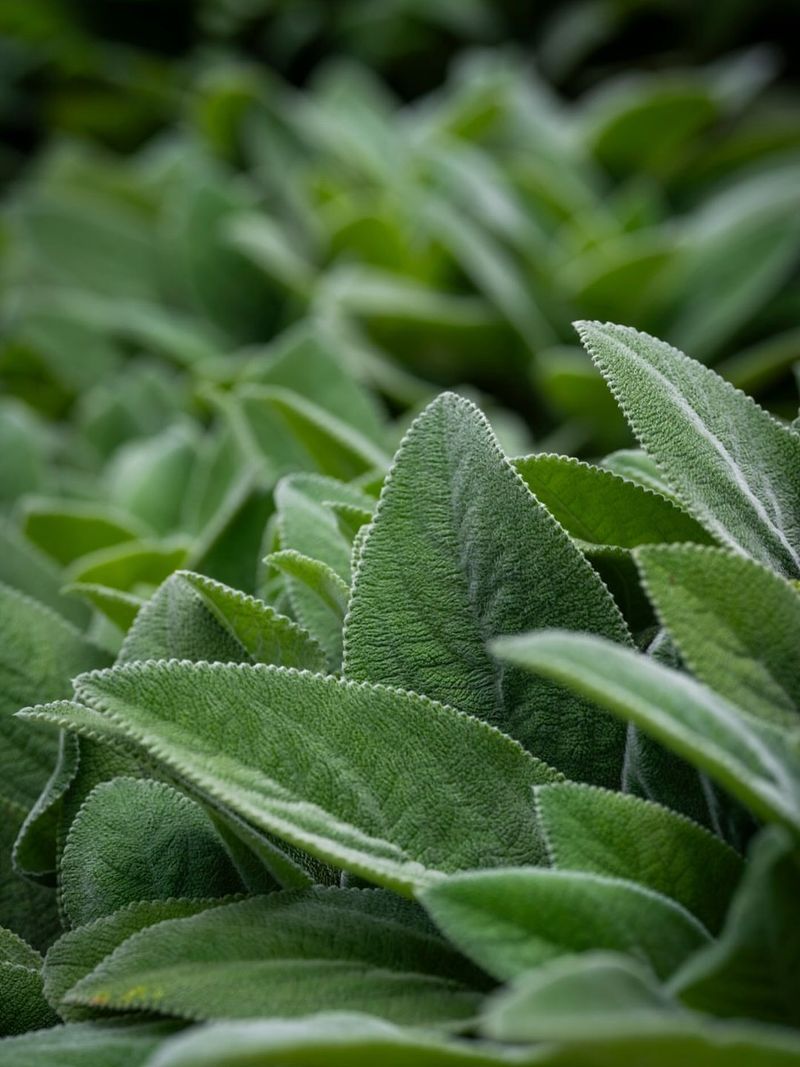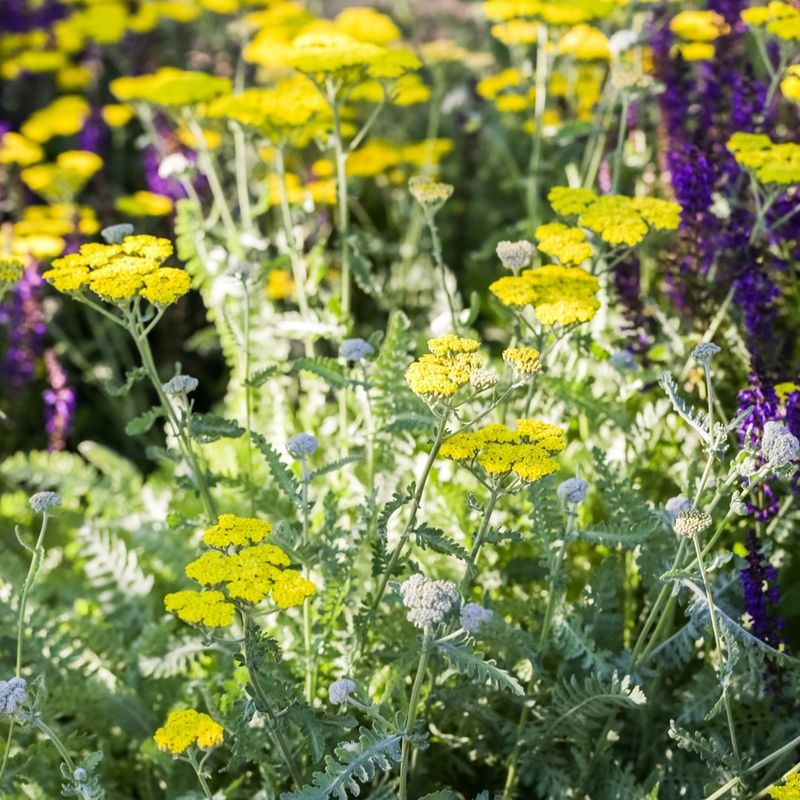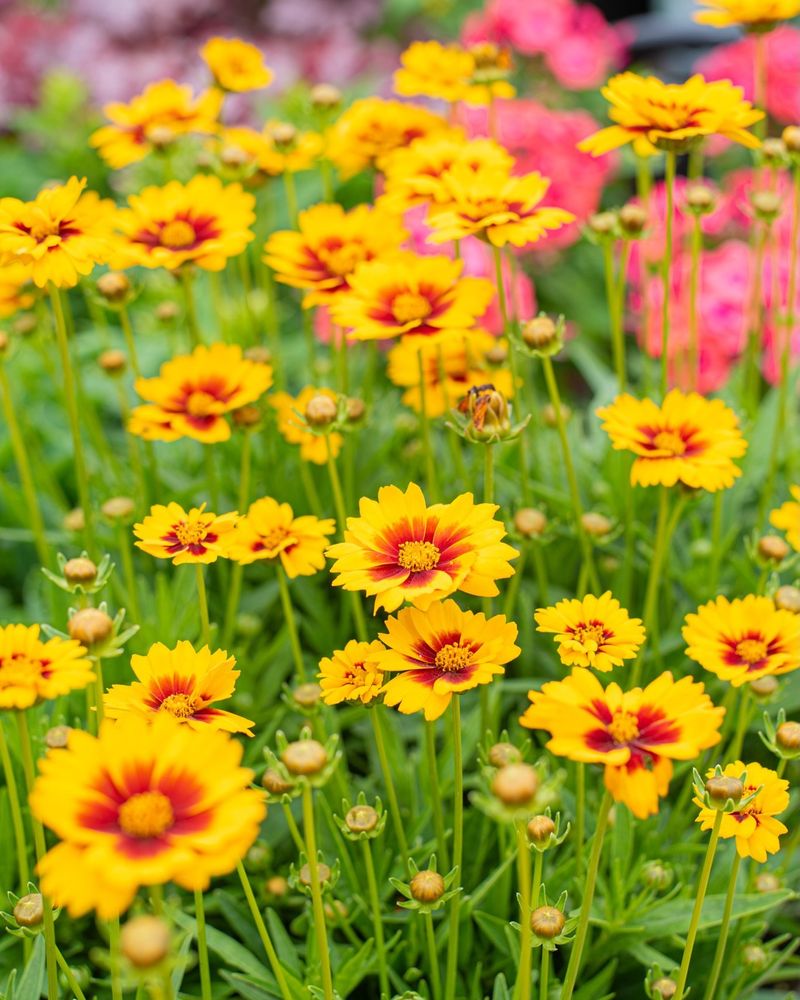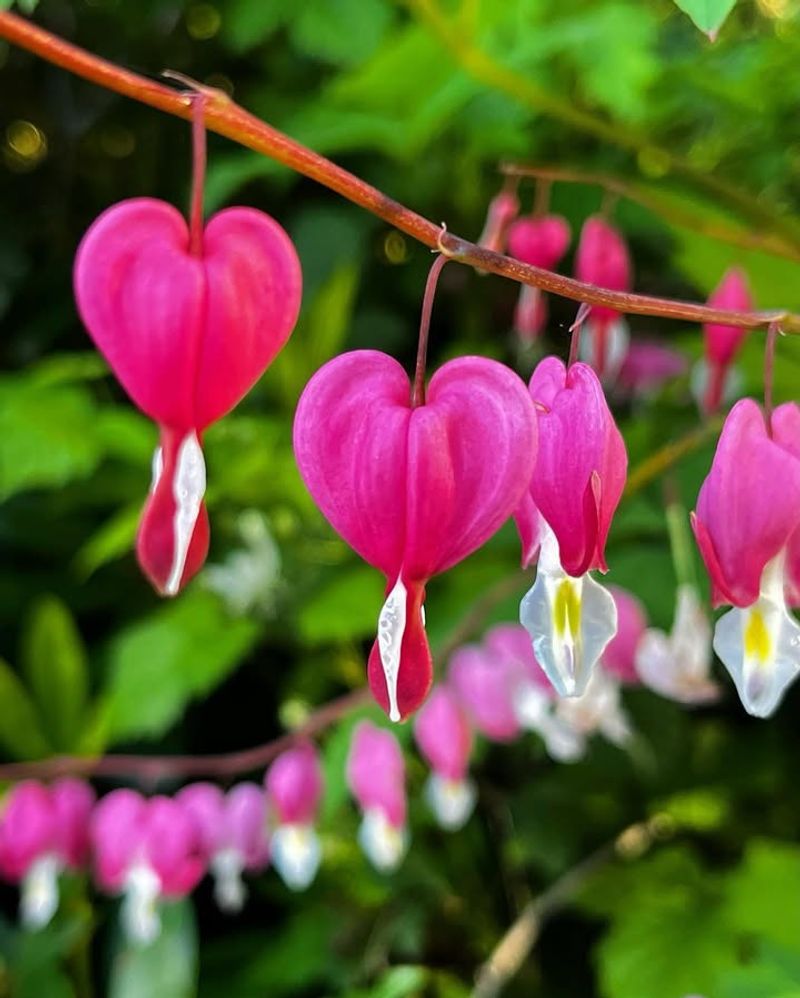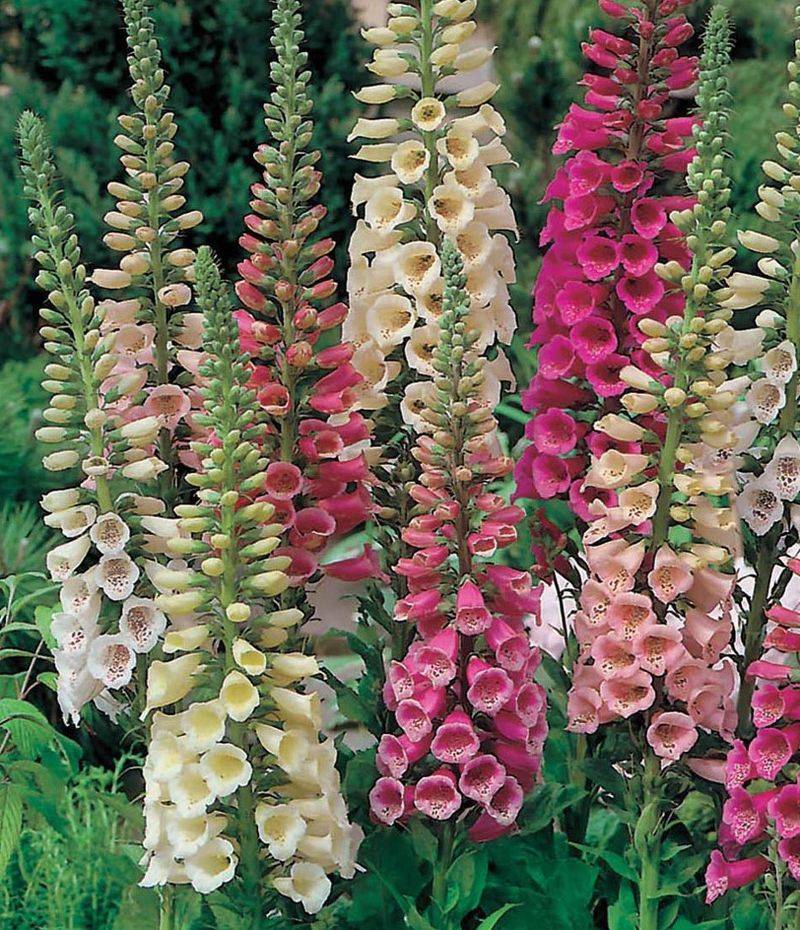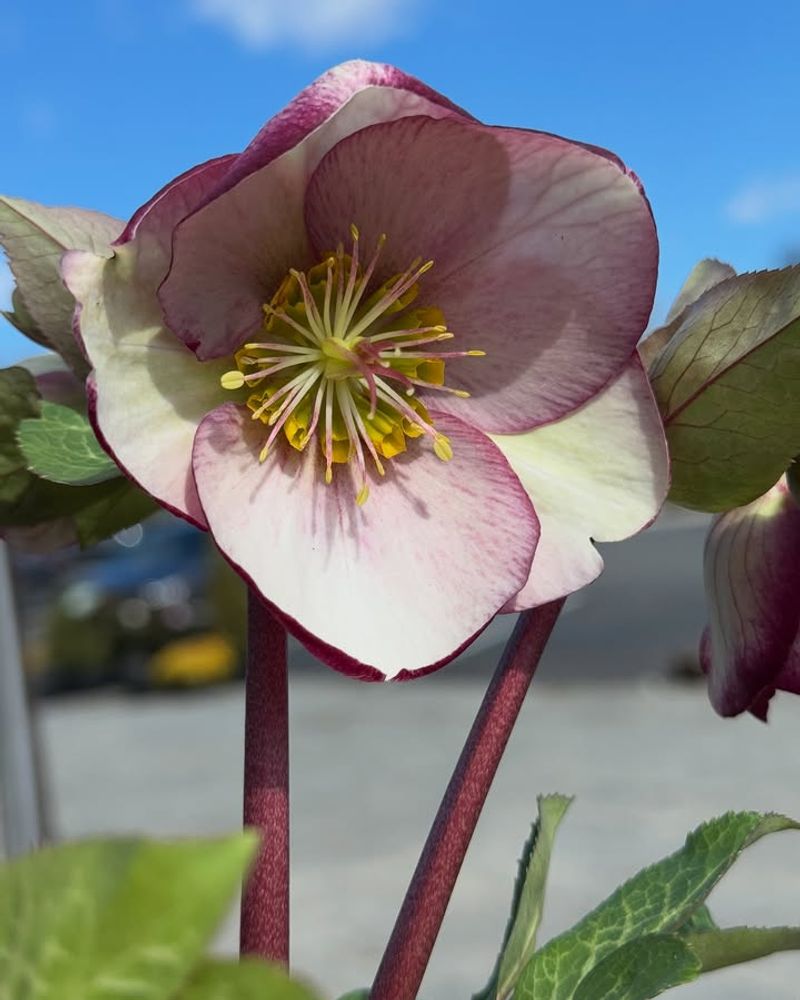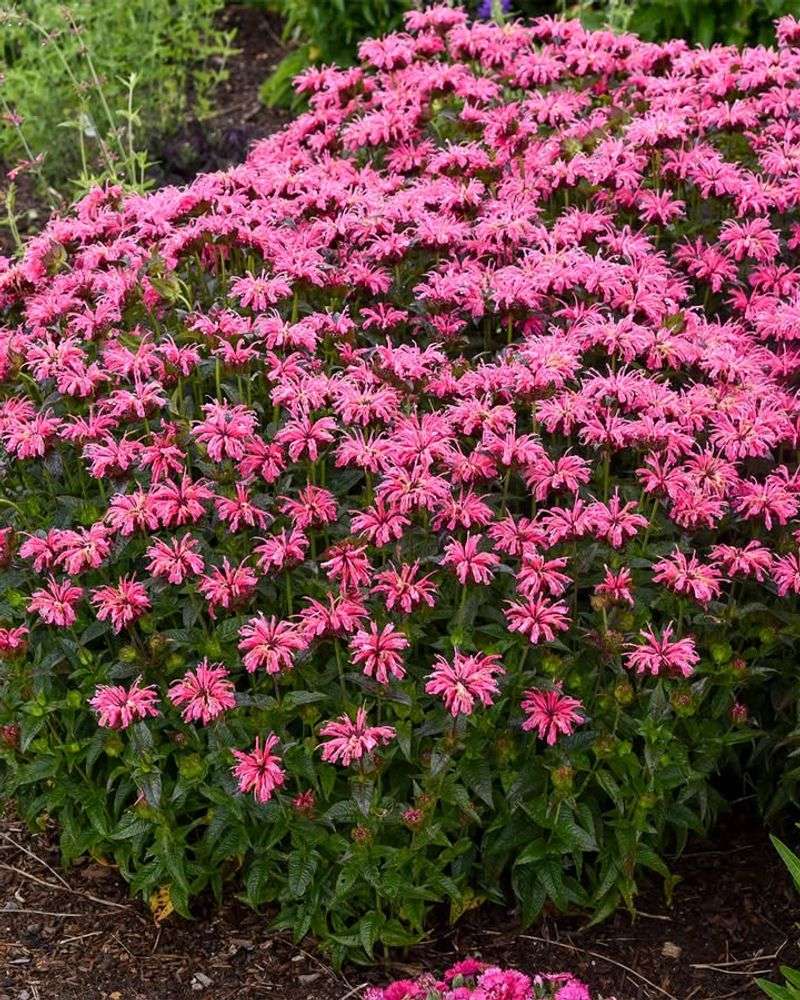New Jersey homeowners know the struggle of keeping deer from turning their yards into a snack bar, especially once November rolls in. That’s when a few tough perennials step in and do the heavy lifting.
I love how these plants quietly protect a garden while still looking great. Let’s take a closer look at the ones that help keep hungry visitors at bay.
1. Lavender
Strong scents confuse deer noses, making lavender an excellent choice for New Jersey gardens. Its fragrant purple blooms release oils that most wildlife find unpleasant, so they skip right past it.
November planting allows roots to establish before winter freezes arrive. Come spring, you’ll enjoy beautiful flowers and a natural deer deterrent.
Lavender thrives in well-drained soil and loves sunny spots throughout the Garden State.
2. Russian Sage
With silvery foliage and airy purple-blue blooms, Russian sage adds texture to any landscape. Deer tend to avoid this plant because of its strong aromatic leaves that smell almost medicinal.
New Jersey gardeners appreciate how tough this perennial is once established. Cold November soil doesn’t scare it one bit.
It grows tall and bushy, creating a natural barrier that deer prefer to walk around rather than through.
3. Catmint
Catmint produces clouds of blue-purple flowers that butterflies love but deer completely ignore. Its minty scent acts like an invisible fence, keeping browsers away from your garden beds.
Planting in November throughout New Jersey gives this hardy perennial time to settle in. It spreads nicely without becoming invasive, filling gaps where deer might otherwise nibble.
Drought-tolerant and low-maintenance, catmint rewards you with months of colorful blooms.
4. Salvia
Hummingbirds flock to salvia’s tubular flowers, but deer find the foliage too bitter for their taste. Varieties come in stunning reds, purples, and blues that brighten any New Jersey yard.
November is perfect for getting these perennials into the ground before frost. They’re surprisingly cold-hardy and bounce back beautifully each spring.
Salvia grows upright and bushy, creating colorful vertical interest that wildlife won’t touch.
5. Lamb’s Ear
Fuzzy, silver leaves give lamb’s ear its memorable name and also make it unappealing to hungry deer. The soft texture might look inviting to people, but animals avoid the woolly foliage entirely.
New Jersey homeowners love how this ground cover spreads to fill bare spots. Planting in November lets roots establish during dormancy.
It stays low and silvery, providing beautiful contrast against darker plants throughout your landscape.
6. Yarrow
Flat-topped flower clusters make yarrow instantly recognizable in any garden setting. Deer dislike its pungent smell and bitter taste, leaving your plants completely untouched throughout the growing season.
Hardy and adaptable, yarrow handles New Jersey’s variable weather with ease. November planting gives it a strong foundation before spring growth begins.
Available in yellows, whites, and pinks, yarrow adds cheerful color while protecting neighboring plants from browsing deer.
7. Coreopsis
Sunny yellow blooms dance on tall stems, bringing joy to gardeners across New Jersey. Deer typically pass by coreopsis because the foliage doesn’t appeal to their palate.
This cheerful perennial tolerates various soil conditions and establishes quickly when planted in November. It blooms prolifically from late spring through summer, attracting beneficial pollinators.
Low-maintenance and drought-tolerant once settled, coreopsis returns reliably year after year without requiring much attention.
8. Bleeding Heart
Heart-shaped flowers dangle gracefully from arching stems, creating a romantic garden display. Deer rarely bother bleeding hearts, possibly because of the plant’s slightly toxic properties that make it unpalatable.
Shade-loving and elegant, this perennial thrives under trees throughout New Jersey. November planting allows roots to develop during winter dormancy.
Come spring, you’ll see delicate pink or white blooms that add enchantment to shaded corners deer usually target.
9. Foxglove
Towering spikes covered in tubular blooms create dramatic vertical accents in garden beds. Foxglove contains compounds that make it unappetizing to deer, so they leave these beauties alone.
New Jersey gardeners plant foxglove in November for spectacular late spring displays. The tall stalks add cottage garden charm while naturally discouraging wildlife browsing.
Available in purples, whites, and pinks, foxglove brings old-fashioned elegance to modern landscapes throughout the Garden State.
10. Hellebore
Winter roses bloom when little else dares, pushing through snow to display cup-shaped flowers. Deer avoid hellebores completely because all parts contain toxins that taste terrible to browsers.
Evergreen foliage provides year-round interest in New Jersey landscapes. November planting positions these perennials perfectly for their famous early spring blooms.
Shade-tolerant and incredibly hardy, hellebores thrive in spots where other plants struggle, offering beauty and protection simultaneously.
11. Bee Balm
Shaggy, colorful blooms attract bees and butterflies while repelling deer with their strong minty scent. New Jersey gardeners appreciate bee balm’s dual purpose as both pollinator magnet and deer deterrent.
Planting in November gives roots time to establish before the growing season begins. This native perennial spreads to form attractive clumps that bloom throughout summer.
Available in reds, pinks, and purples, bee balm adds vibrant color and wildlife benefits without feeding hungry deer.

